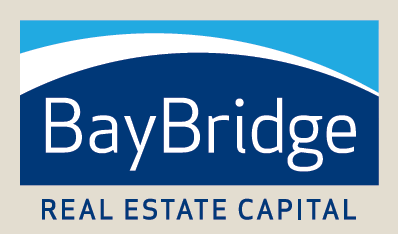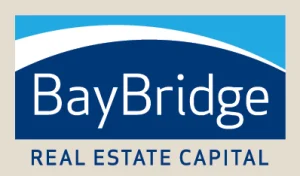Student Housing Surge
Student housing has become an increasingly attractive asset this past year. Pre-leasing numbers, current occupancy rates and year-over-year growth reached near all-time highs, indicating a robust market. In contrast to the plateaued multifamily housing market, student housing just experienced an average yearly rent surge of around nine percent. This acceleration is likely attributed to higher […]
Interest-Rate Caps
Real estate investors with floating-rate loans will purchase rate caps as insurance from rate hikes and increased debt service. In fact, many commercial mortgage-backed security (CMBS) lenders will require their borrowers to purchase rate caps. If the Secured Overnight Financing Rate (SOFR) rises above a predetermined strike rate, the cap is considered “in the money,” […]
BayBridge Real Estate Capital Arranges $131.72 Million For Florida College Campus
NEW YORK, March 20, 2023 – BayBridge Real Estate Capital secured a $131 million loan for Everglades College, the parent entity of Keiser University, to purchase nine suburban office properties in South Florida. The loan enabled the institution to acquire approximately 543,000 square feet of space that it occupies for classrooms, labs and administration offices. […]
Is Your Bank Running? You Better Go Catch It…
It’s bidding day! The FDIC is selling Silicon Valley Bank and Signature Bank, and the bids are due today. Only bidders with existing bank charters (and a little luck o’ the Irish) will be given access to the bank’s financials, when deciding whether to make an offer. This gives existing lenders the upper hand on […]

